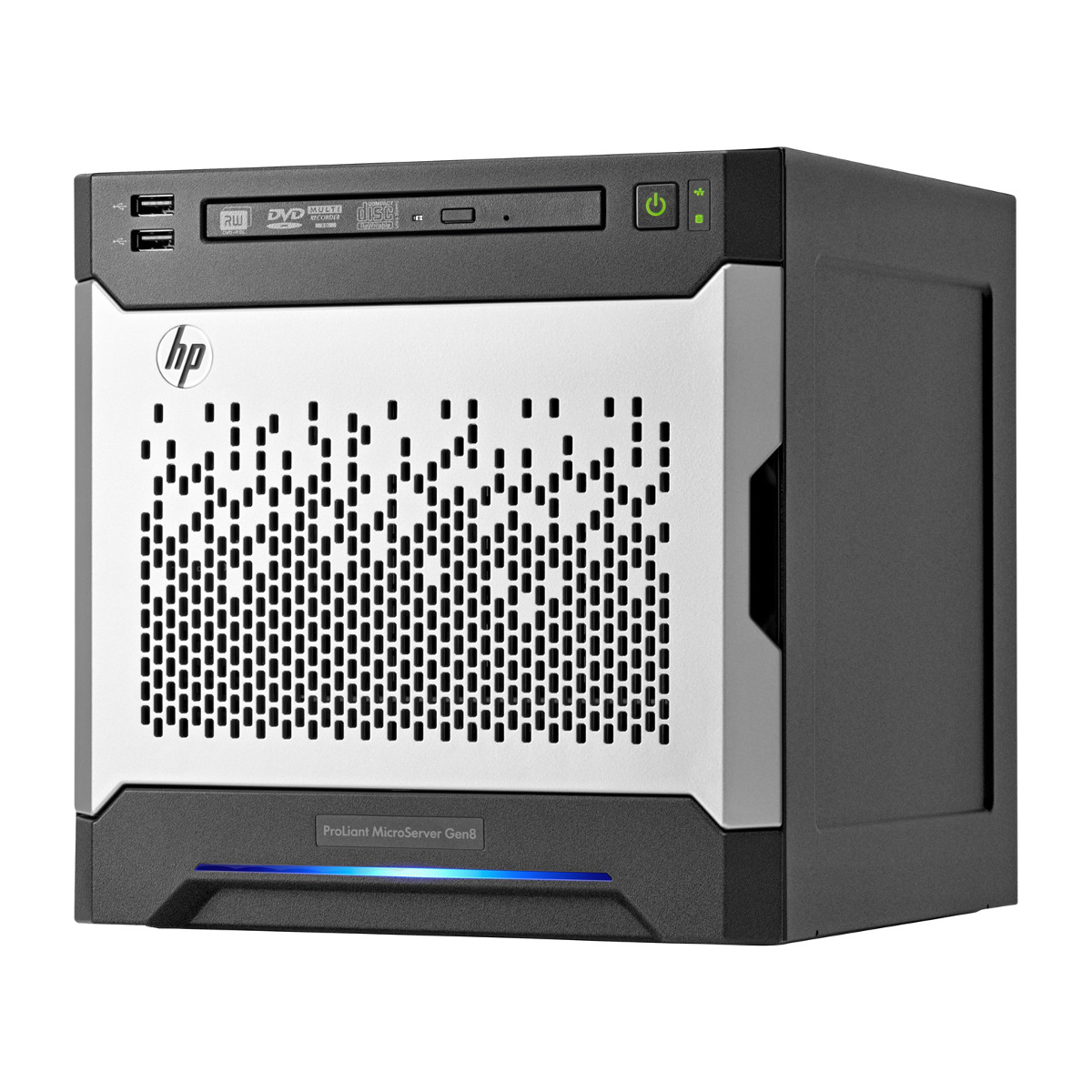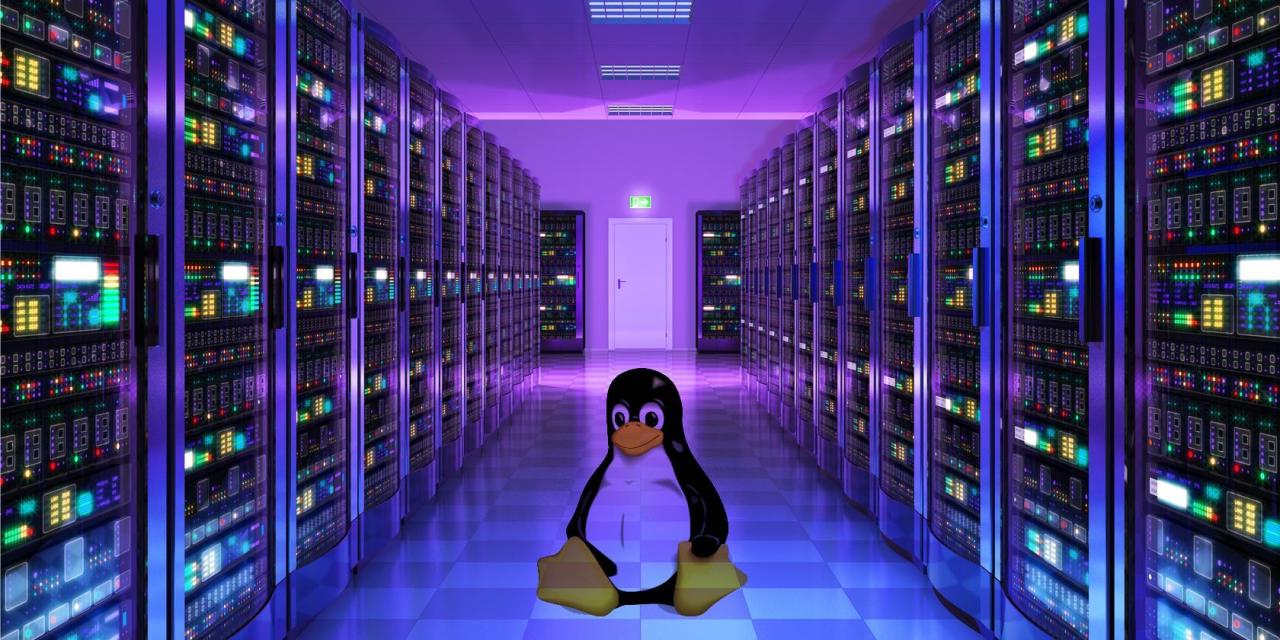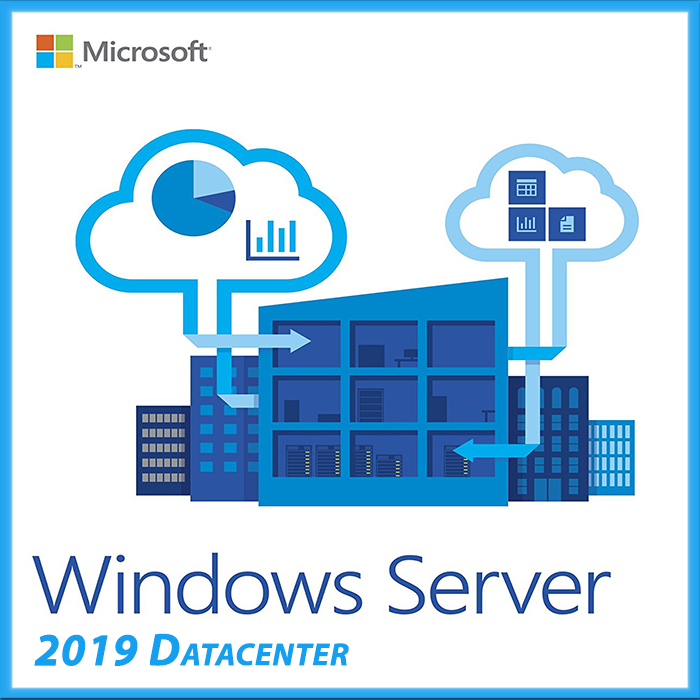Edge servers, a cornerstone of modern computing, are redefining how we interact with the digital world. Unlike traditional servers housed in centralized data centers, edge servers are strategically positioned closer to users, bringing processing power and data storage closer to the point of need. This shift has ushered in a new era of faster, more responsive, and personalized experiences, transforming industries from content delivery and gaming to the Internet of Things (IoT) and real-time analytics.
The benefits of edge server deployment are undeniable. Reduced latency, improved performance, and enhanced security are just a few of the advantages that edge servers offer. By bringing computation and data closer to users, edge servers minimize the time it takes for requests to be processed and responses to be delivered, resulting in a seamless and satisfying user experience. This is particularly crucial for applications that require low latency, such as online gaming, video streaming, and real-time communication.
Edge Server Technologies and Standards
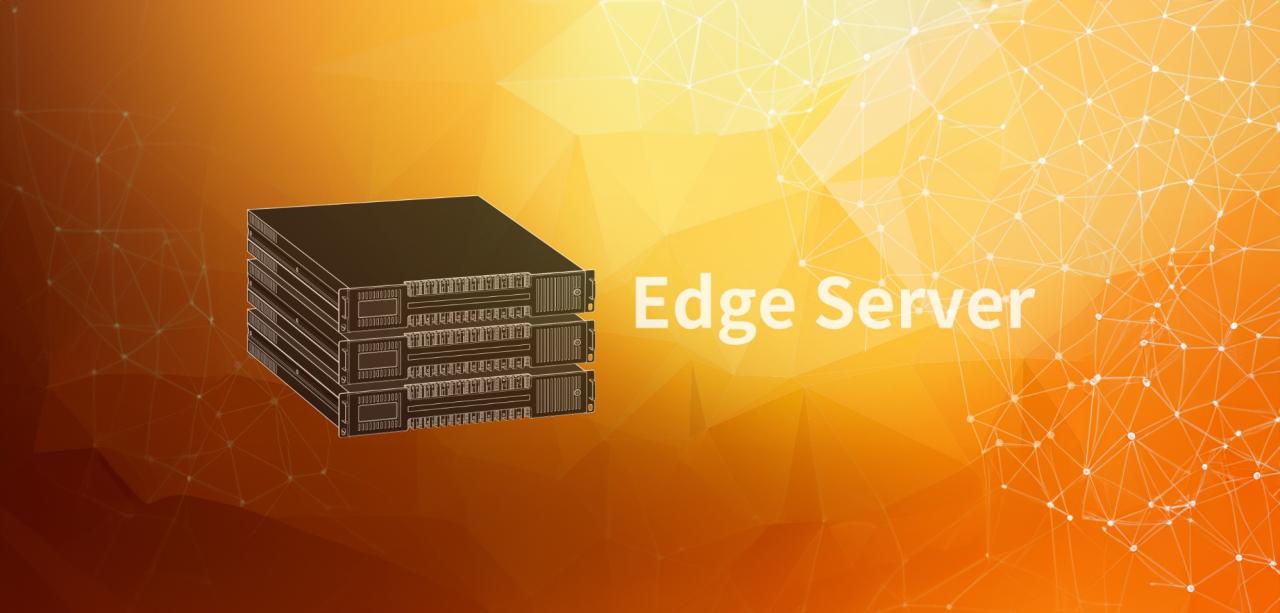
Edge servers leverage a range of technologies and standards to enable efficient and reliable operations. These technologies facilitate the deployment, management, and optimization of edge computing infrastructure. This section explores the key technologies and standards commonly used in edge server deployments, including virtualization, containerization, and edge computing frameworks.
Virtualization
Virtualization plays a crucial role in optimizing resource utilization and enhancing flexibility in edge server deployments. It allows multiple virtual machines (VMs) to run concurrently on a single physical server, enabling efficient resource allocation and reducing hardware costs.
Virtualization technologies commonly used in edge servers include:
- Hypervisors: Hypervisors act as a software layer that isolates the host operating system from guest operating systems, allowing multiple VMs to run concurrently. Popular hypervisor options include VMware ESXi, Microsoft Hyper-V, and KVM (Kernel-based Virtual Machine).
- Virtual Machine Management (VMM): VMM tools provide functionalities for creating, managing, and monitoring VMs. These tools streamline the deployment and lifecycle management of virtualized edge server environments. Examples include VMware vCenter Server and Microsoft System Center Virtual Machine Manager.
Containerization
Containerization offers a lightweight and portable approach to packaging and deploying applications, making it highly suitable for edge computing environments. Containers isolate applications and their dependencies within a self-contained package, ensuring consistency across different deployment environments.
Common containerization technologies used in edge servers include:
- Docker: Docker is a popular containerization platform that provides tools for building, deploying, and managing containerized applications. It simplifies the packaging and deployment of applications, enabling rapid development and deployment cycles.
- Kubernetes: Kubernetes is an open-source container orchestration platform that automates the deployment, scaling, and management of containerized applications. It provides a robust framework for managing containerized edge server workloads, ensuring high availability and scalability.
Edge Computing Frameworks
Edge computing frameworks provide a standardized approach to developing and deploying applications at the edge. These frameworks offer tools and services for managing edge resources, connecting edge devices, and orchestrating distributed applications.
Examples of edge computing frameworks include:
- AWS Greengrass: AWS Greengrass extends the AWS ecosystem to the edge, enabling developers to deploy and manage applications on edge devices. It provides a secure and scalable platform for running AWS services, including Lambda functions and IoT services, at the edge.
- Microsoft Azure IoT Edge: Azure IoT Edge allows developers to deploy and manage Azure services, such as Azure Functions and Azure IoT Hub, on edge devices. It provides a secure and scalable platform for connecting edge devices to the cloud and managing data flows.
- Google Cloud Edge TPU: Google Cloud Edge TPU is a hardware accelerator designed for machine learning workloads at the edge. It provides a powerful platform for deploying AI models and performing inference on edge devices.
Future Trends in Edge Server Technology
The edge server landscape is constantly evolving, driven by the convergence of emerging technologies like edge AI, 5G, and the Internet of Things (IoT). These trends are poised to fundamentally reshape the future of edge computing, enabling new possibilities and driving innovation across various industries.
Edge AI
Edge AI, the deployment of artificial intelligence (AI) models directly at the edge, is a transformative trend in edge server technology. By processing data locally, edge AI offers several advantages:
- Reduced Latency: Edge AI eliminates the need to send data to a centralized cloud for processing, resulting in significantly lower latency. This is crucial for real-time applications like autonomous vehicles, industrial automation, and gaming.
- Enhanced Privacy: Processing sensitive data locally on edge devices ensures greater privacy, as it eliminates the need to transmit data to remote servers.
- Improved Efficiency: Edge AI can optimize resource utilization by processing data locally, reducing bandwidth consumption and network traffic.
Edge AI is already making a significant impact in various sectors:
- Healthcare: Edge AI-powered devices are being used for real-time patient monitoring, disease diagnosis, and drug discovery.
- Manufacturing: Edge AI enables predictive maintenance, quality control, and process optimization in industrial settings.
- Retail: Edge AI-powered cameras can analyze customer behavior, optimize inventory management, and personalize shopping experiences.
5G
The advent of 5G technology is a major catalyst for the growth of edge computing. 5G offers significantly higher bandwidth, lower latency, and enhanced connectivity, creating an ideal environment for edge server deployments.
- High Bandwidth: 5G’s high bandwidth allows for the transmission of large amounts of data from edge devices to edge servers, facilitating real-time data processing and analysis.
- Low Latency: 5G’s ultra-low latency enables critical applications requiring immediate responses, such as autonomous driving, remote surgery, and industrial automation.
- Massive Connectivity: 5G supports a massive number of connected devices, paving the way for the widespread adoption of IoT and edge computing.
The combination of 5G and edge computing is driving innovation in various industries:
- Smart Cities: 5G-enabled edge servers are being deployed for traffic management, environmental monitoring, and public safety applications.
- Virtual and Augmented Reality (VR/AR): 5G and edge computing enable immersive VR/AR experiences with low latency and high fidelity.
- Industrial Automation: 5G and edge computing are transforming manufacturing processes, enabling real-time data analysis, predictive maintenance, and remote control of industrial robots.
Internet of Things (IoT)
The proliferation of IoT devices is generating a massive volume of data, creating a need for distributed computing solutions like edge servers. Edge servers are ideally suited to handle the processing and analysis of data from IoT devices, enabling real-time insights and decision-making.
- Data Processing at the Source: Edge servers can process data generated by IoT devices locally, reducing the need to transmit data to the cloud and minimizing latency.
- Real-time Analytics: Edge servers enable real-time analysis of IoT data, providing valuable insights that can be used to optimize operations, improve efficiency, and enhance decision-making.
- Improved Security: Edge servers can help improve the security of IoT deployments by processing data locally and reducing the risk of data breaches.
Edge servers are playing a crucial role in enabling the growth of various IoT applications:
- Smart Homes: Edge servers are used for home automation, energy management, and security systems.
- Smart Agriculture: Edge servers enable real-time monitoring of crop health, irrigation systems, and livestock management.
- Smart Transportation: Edge servers are used for traffic management, autonomous driving, and fleet optimization.
Conceptual Diagram of the Future Landscape of Edge Server Technology
[The diagram would illustrate a future landscape where edge servers are integrated into various environments, connected by 5G networks, and powered by edge AI. It would showcase the interconnectedness of edge servers with IoT devices, cloud computing, and various industries, highlighting the role of edge servers in enabling real-time data processing, analysis, and decision-making. The diagram would emphasize the decentralized nature of edge computing, with data being processed closer to the source and applications benefiting from low latency and enhanced security.]
Edge Server Security and Management
Edge servers, being closer to users and data sources, present unique security challenges. Securing these servers and managing their infrastructure is crucial to protect sensitive data and ensure the smooth operation of applications.
Security Challenges in Edge Server Deployments
Edge server deployments face several security challenges, including:
- Distributed Attack Surface: With edge servers dispersed across various locations, attackers have a wider attack surface to exploit. This increases the risk of unauthorized access, data breaches, and denial-of-service attacks.
- Limited Security Resources: Edge servers often have limited resources compared to centralized data centers. This can make it challenging to implement robust security measures, such as firewalls, intrusion detection systems, and anti-malware software.
- Network Connectivity Issues: Edge servers may experience unstable network connectivity, making it difficult to update security patches and monitor network traffic for suspicious activity.
- Physical Security Concerns: Edge servers are often deployed in remote locations, making them vulnerable to physical attacks, such as theft or tampering.
- Device Management Complexity: Managing a large number of edge servers distributed across different locations can be complex and time-consuming. This can lead to inconsistencies in security configurations and vulnerabilities.
Best Practices for Securing Edge Servers
To mitigate these challenges, it’s crucial to adopt best practices for securing edge servers and protecting sensitive data. These practices include:
- Implement Strong Authentication and Access Control: Enforce multi-factor authentication (MFA) for all users accessing edge servers. Use granular access control policies to restrict access to specific resources based on user roles and permissions.
- Deploy Network Security Measures: Implement firewalls, intrusion detection/prevention systems (IDS/IPS), and secure network protocols (e.g., TLS/SSL) to protect edge servers from network attacks.
- Regularly Patch and Update Software: Keep all software, including operating systems, applications, and firmware, up-to-date with the latest security patches to address known vulnerabilities.
- Implement Data Encryption: Encrypt data at rest and in transit to protect sensitive information from unauthorized access. This includes encrypting data stored on edge servers, as well as data transmitted between edge servers and other systems.
- Regularly Monitor and Audit Security Logs: Monitor security logs for suspicious activity and audit system configurations to identify potential vulnerabilities. This can help detect and respond to security incidents in a timely manner.
- Adopt a Zero-Trust Security Model: Implement a zero-trust security model, which assumes that no user or device can be trusted by default. This approach requires strict authentication and authorization for all access requests, regardless of the source.
Managing and Monitoring Edge Server Infrastructure
Effective management and monitoring of edge server infrastructure are crucial for ensuring their security and performance. Key methods include:
- Centralized Management Platform: Use a centralized management platform to manage and monitor all edge servers from a single location. This platform should provide tools for configuration management, software updates, security monitoring, and performance analysis.
- Automated Configuration and Deployment: Automate the configuration and deployment of edge servers to ensure consistency and reduce the risk of manual errors. This can be achieved using tools like Ansible, Puppet, or Chef.
- Remote Access and Management: Provide secure remote access and management capabilities to edge servers for troubleshooting and maintenance purposes. This can be facilitated using SSH, VPN, or other secure remote access tools.
- Performance Monitoring and Analytics: Implement performance monitoring tools to track the health and performance of edge servers. This includes monitoring CPU utilization, memory usage, disk space, network bandwidth, and application response times. This data can be used to identify performance bottlenecks and optimize resource allocation.
- Alerting and Reporting: Configure alerting mechanisms to notify administrators of critical events, such as security breaches, performance issues, or hardware failures. Generate regular reports on security posture, performance metrics, and resource utilization to identify trends and areas for improvement.
Edge Server Case Studies and Success Stories
Edge servers have emerged as a game-changer in various industries, enabling businesses to enhance performance, reduce latency, and improve user experiences. This section delves into real-world case studies showcasing the successful implementation of edge servers, highlighting their impact on businesses and key success factors.
Real-World Edge Server Deployments
The successful deployment of edge servers is evident across diverse industries, including e-commerce, streaming services, gaming, and manufacturing. Let’s examine some prominent case studies.
- Netflix: Netflix, a global streaming giant, leverages edge servers to deliver high-quality video content with minimal buffering. Their edge network ensures seamless streaming experiences for millions of users worldwide, regardless of their location. The use of edge servers allows Netflix to geographically distribute content closer to users, reducing latency and improving overall streaming quality.
- Amazon Web Services (AWS): AWS, a leading cloud provider, offers edge computing services through AWS Lambda@Edge. This service allows developers to execute code closer to users, enhancing application performance and reducing latency. For instance, a popular use case is content delivery networks (CDNs) where edge servers can cache static content, enabling faster loading times for websites and applications.
- General Motors (GM): GM utilizes edge servers in its manufacturing facilities to enhance real-time data analysis and improve production efficiency. Edge servers enable the collection and processing of data from sensors and machines directly on the factory floor, providing valuable insights into production processes. This data-driven approach allows GM to optimize operations, identify potential bottlenecks, and enhance overall productivity.
Key Factors Contributing to Success
Several key factors contribute to the success of edge server deployments. These include:
- Latency Reduction: Edge servers bring computing resources closer to users, significantly reducing network latency. This is particularly beneficial for applications requiring real-time interactions, such as online gaming, video conferencing, and financial trading.
- Improved User Experience: By minimizing latency and enhancing application performance, edge servers lead to a more responsive and enjoyable user experience. This can translate into increased customer satisfaction, higher engagement, and ultimately, improved business outcomes.
- Scalability and Flexibility: Edge servers offer scalability and flexibility, allowing businesses to easily adapt to changing demands. They can be deployed on-premises, in colocation facilities, or at the edge of the network, providing businesses with the flexibility to choose the best deployment model for their specific needs.
- Data Locality and Privacy: In certain industries, such as healthcare and finance, data locality and privacy are paramount. Edge servers can process data locally, reducing the need to transmit sensitive information across the network, thereby enhancing security and compliance.
Edge Server Industry Landscape and Market Trends
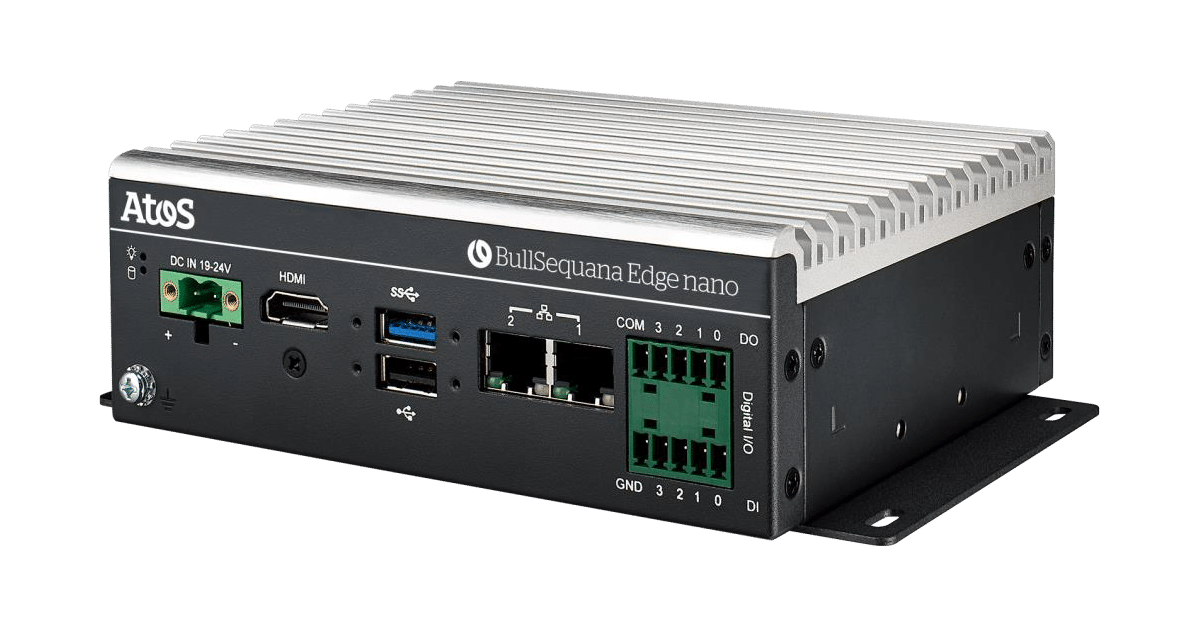
The edge server market is experiencing rapid growth, driven by the increasing demand for low-latency applications, real-time data processing, and improved user experiences. This section delves into the key players shaping this dynamic landscape, analyzes the prevailing market trends and growth opportunities, and identifies the major challenges and opportunities facing the edge server industry.
Key Players in the Edge Server Market
The edge server market is characterized by a diverse range of players, including established technology giants, specialized edge computing providers, and emerging startups.
- Technology Giants: Companies like Amazon Web Services (AWS), Microsoft Azure, Google Cloud, and IBM are actively investing in edge computing solutions, offering a wide range of services and infrastructure to support edge deployments. These companies leverage their existing cloud infrastructure and expertise to provide scalable and secure edge solutions.
- Specialized Edge Computing Providers: Companies like Fastly, Cloudflare, and Akamai are focused on delivering content delivery networks (CDNs) and edge computing services, providing specialized solutions for content caching, security, and performance optimization. These companies are well-positioned to cater to the specific needs of edge applications.
- Emerging Startups: A growing number of startups are emerging in the edge server market, focusing on specific niches like edge analytics, edge AI, and edge security. These companies are developing innovative solutions to address the unique challenges and opportunities presented by edge computing.
Market Trends and Growth Opportunities
The edge server market is experiencing significant growth driven by several key trends:
- Growth of Mobile and IoT Devices: The proliferation of mobile devices and the Internet of Things (IoT) is generating massive amounts of data at the edge, necessitating edge servers to process and analyze this data in real-time.
- Rise of 5G and Network Edge Computing: The deployment of 5G networks is enabling faster data speeds and lower latency, creating new opportunities for edge applications. 5G’s ability to support massive connectivity and real-time data processing is driving the adoption of edge servers.
- Increasing Demand for Real-Time Applications: The demand for real-time applications, such as gaming, video streaming, and autonomous vehicles, is fueling the need for edge servers to provide low latency and high performance.
- Adoption of Cloud-Native Technologies: The adoption of cloud-native technologies, such as containers and microservices, is making it easier to deploy and manage edge applications, further accelerating the growth of the edge server market.
Challenges and Opportunities
The edge server industry faces several challenges and opportunities:
- Security Concerns: Edge servers are vulnerable to security threats, as they are exposed to the public internet and can be targets for cyberattacks. Ensuring robust security measures and implementing effective security protocols is crucial for edge deployments.
- Deployment and Management Complexity: Deploying and managing edge servers across geographically distributed locations can be complex, requiring specialized tools and expertise.
- Interoperability and Standardization: The lack of standardized protocols and interoperability can hinder the adoption of edge computing. The industry needs to develop common standards and frameworks to facilitate interoperability between different edge platforms.
- Cost Considerations: Edge deployments can be expensive, especially for large-scale deployments. The industry needs to develop cost-effective solutions to make edge computing more accessible to a wider range of businesses and organizations.
Conclusion
The rapid growth of data and the demand for real-time processing have led to the emergence of edge servers as a critical component of modern computing infrastructure. Edge servers bring processing power closer to users and devices, reducing latency, enhancing security, and enabling new applications and services. This article has explored the various aspects of edge server technology, including its architecture, standards, security, and industry trends.
The Importance of Edge Servers
Edge servers are essential for several reasons:
- Reduced Latency: By processing data closer to the source, edge servers minimize network delays, resulting in faster response times and improved user experiences. This is crucial for applications like online gaming, video streaming, and real-time data analysis.
- Enhanced Security: Edge servers can provide an additional layer of security by isolating sensitive data and applications from centralized cloud environments. This reduces the risk of data breaches and enhances data privacy.
- Increased Bandwidth Efficiency: Edge servers can filter and process data locally, reducing the amount of data that needs to be transmitted to the cloud, thereby optimizing network bandwidth usage.
- Enabling New Applications: Edge servers empower the development of innovative applications that rely on low latency and real-time data processing, such as autonomous vehicles, augmented reality, and smart city initiatives.
Outcome Summary
As technology continues to evolve, edge servers are poised to play an even more prominent role in shaping the future of computing. With the rise of 5G, edge AI, and the ever-expanding IoT, the demand for edge computing solutions will only grow. Businesses and organizations are increasingly embracing edge server deployments to gain a competitive edge, enhance customer experiences, and unlock new possibilities in a rapidly evolving digital landscape.

